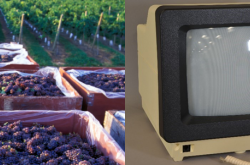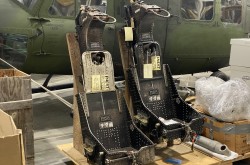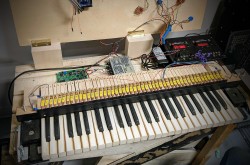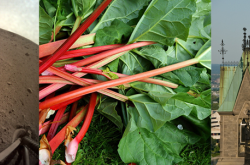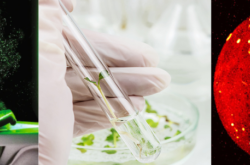Danish Mahmood - Wireless Interconnected Non-Invasive Triage System
Danish Mahmood - London, ON - London Central Secondary School
Project: W.I.N.I.T.S. (Wireless Interconnected Non-Invasive Triage System)
At the age of 14, Danish Mahmood has already won several awards at regional, national and international science fairs. At the 2017 Canada-Wide Science fair he won the Platinum Award for best junior project and a gold medal in the engineering category among many others. He was then selected to represent Canada at the European Union Contest for Young Scientists where he won the First Place Core Prize, a first for Canada.
His W.I.N.I.T.S. (Wireless Interconnected Non-Invasive Triage System) project looks to improve a first responder’s ability to identify those who need help the most and develop a priority list in mass-casualty scenarios, which is mostly done today with a paper tag system.
Based off a biomedical finger sensor, his device can continuously and non-invasively measure cuffless blood pressure, heart rate, arterial blood oxygen saturation and body temperature of the patients. All vital signs are sent wirelessly to an online dashboard accessible to responders, paramedics and hospital staff, where appropriate actions can be taken and alerting staff if a patient’s condition worsens. This can be also applied to hospital waiting-rooms, where casualties have occurred from lack of oversight. His system saves time, labour, risk for human error and lives.
Further reading:
London science fair whiz kid wins big at international competition
Scholarship awaits young researcher, entrepreneur









